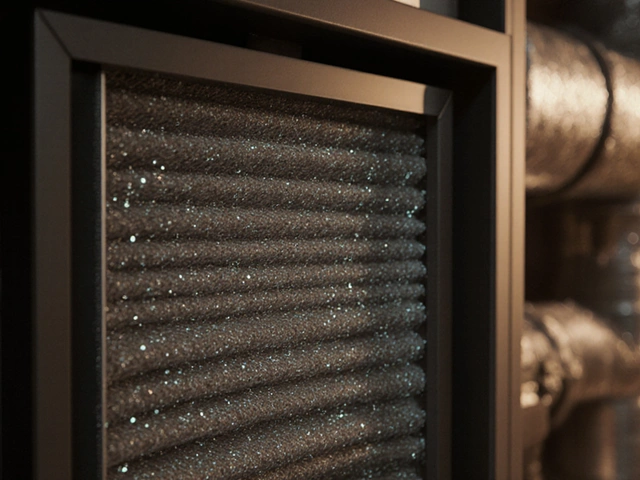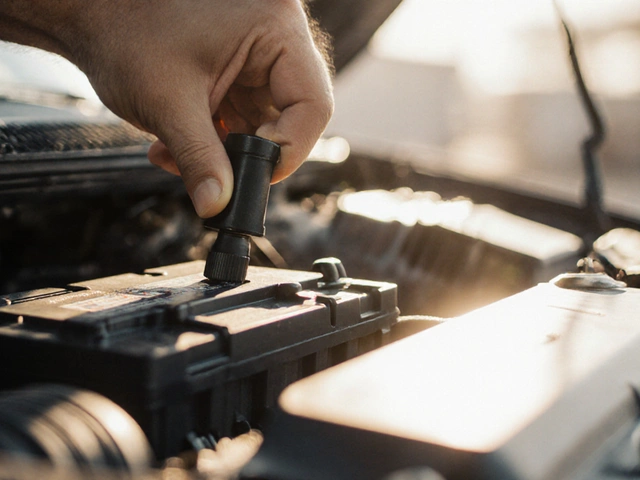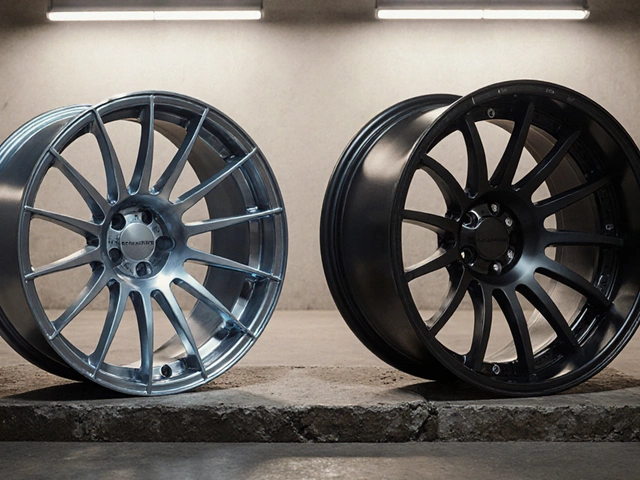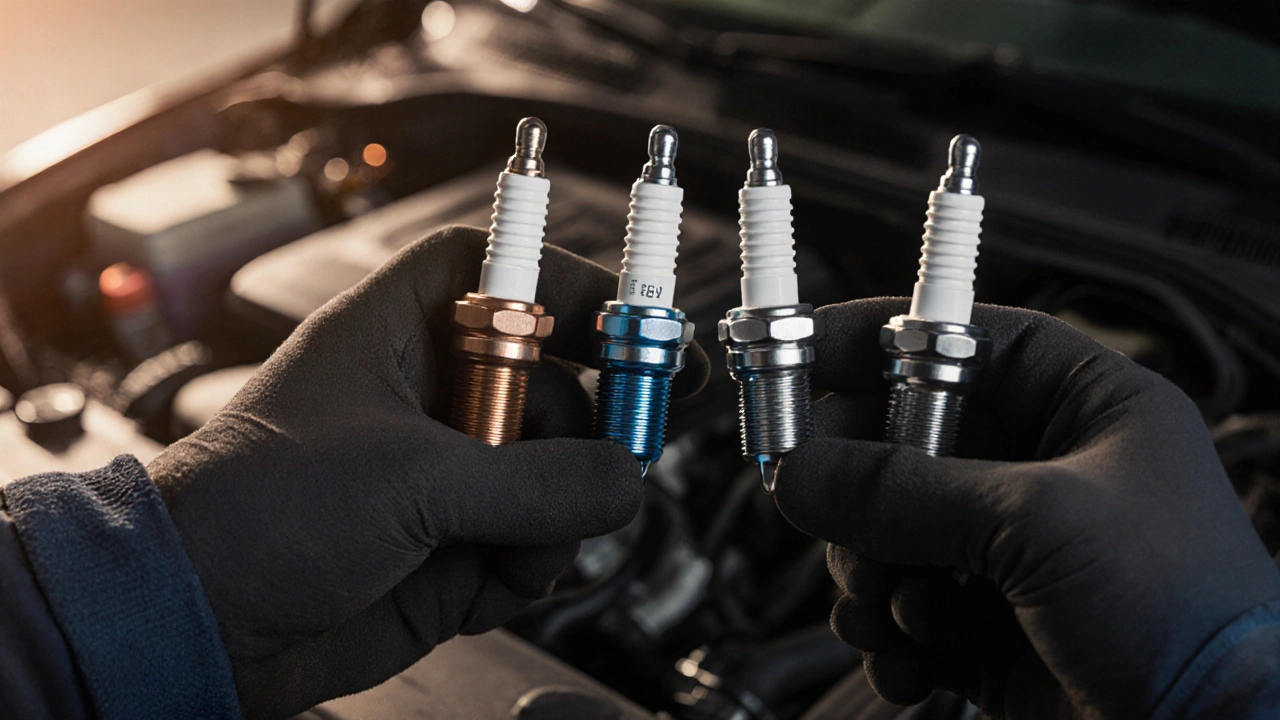
Spark Plug Horsepower Calculator
Calculate potential horsepower gains from spark plug upgrades based on your engine type and plug specifications. Realistic gains typically range from 1-3% under optimal conditions.
What This Means
Typical gains range from 1-3% under optimal conditions, translating to 5-10 HP on a 200 HP engine. Your results show the potential for a small but meaningful improvement.
Key Conditions for Gains
- Engine is already in good shape
- Ignition system can deliver required voltage
- Correct heat range and gap setting
- Supporting modifications like ECU tuning
Common Pitfalls to Avoid
Choosing the wrong heat range can erase any gains and damage your engine. For example:
- Hot plug on turbo engine = risk of pre-ignition
- Cold plug on stock engine = risk of fouling
Gains are minimal without proper tuning and ECU adjustment. A 2.0L turbo engine saw 3.5% gain with ECU remapping but only 1% without it.
When you hear the phrase “swap your plugs for more power,” you probably wonder if a simple plug change can actually add noticeable horsepower. The short answer: it can, but only under specific conditions and usually in modest amounts. This article breaks down why spark plugs matter, which designs give the best lift, and how to avoid the common misconceptions that turn a tiny gain into a costly disappointment.
Quick Takeaways
- Standard OEM plugs are tuned for reliability, not peak power.
- Iridium and platinum plugs can shave 1‑3% off the engine’s power curve when the rest of the engine is already well‑tuned.
- Correct heat range and gap setting are more important than the plug’s material.
- Installing the wrong heat range can erase any gain and damage the engine.
- Real horsepower gains come from matching plug choice to combustion needs, not from the plug alone.
What a Spark Plug Actually Does
Spark plug is a critical component of the ignition system that creates the electric spark needed to ignite the air‑fuel mixture inside each cylinder. When the spark fires at the right moment, the mixture burns cleanly, releasing maximum energy. Miss the timing or use a weak spark, and you get incomplete combustion, lower torque, and higher emissions.
How Horsepower Is Measured and Why It Matters
Horsepower is a unit of power that reflects how quickly an engine can do work, typically measured on a dynamometer under controlled conditions. A few extra horses mean faster acceleration and a higher top speed, but the gains must be real, not just a reading error caused by poor spark timing.
Key Spark Plug Attributes That Influence Power
- Electrode material - Iridium, platinum, and copper each have different conductivity and durability.
- Heat range - Determines how quickly the plug dissipates heat; a mismatched range leads to fouling or pre‑ignition.
- Gap size - The distance between center and ground electrodes; too small reduces spark energy, too large can cause misfire.
- Design geometry - Multiple ground electrodes can improve flame propagation.
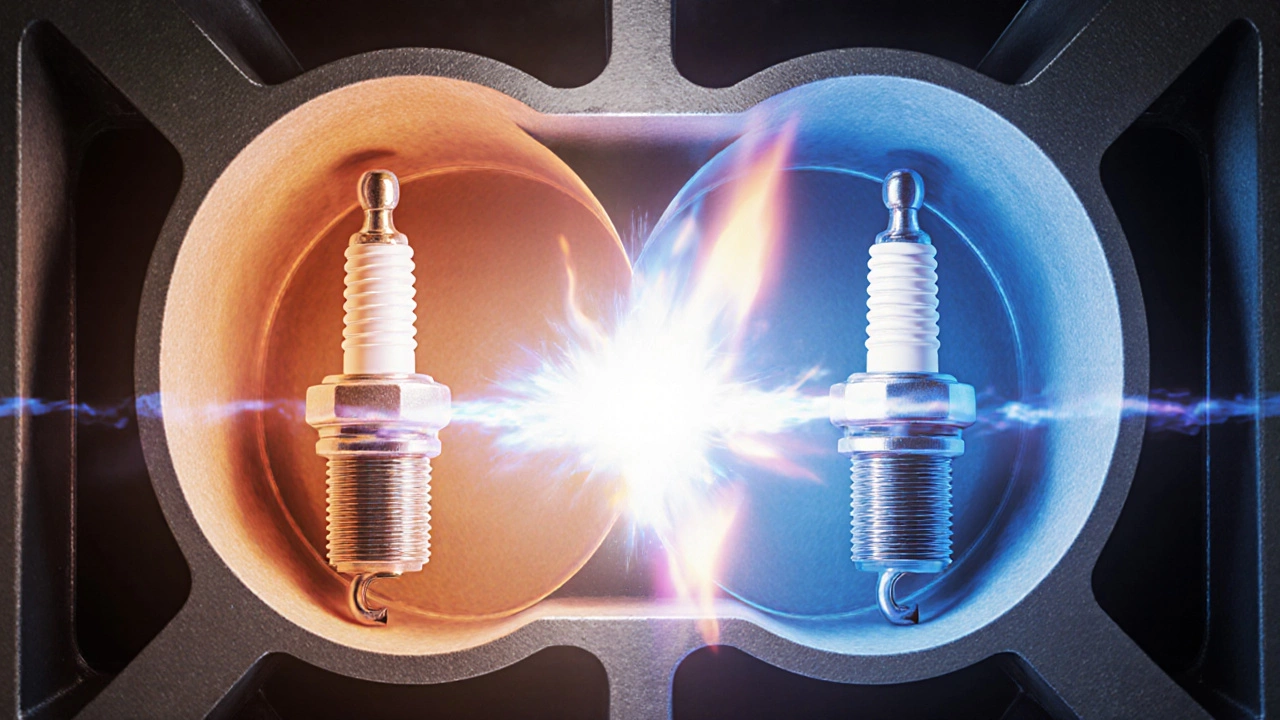
Heat Range Explained
The heat range is a rating that tells how fast a spark plug can transfer heat from the tip to the engine block. A “hot” plug stays hotter longer, useful for low‑performance or high‑compression engines that run rich. A “cold” plug cools faster, ideal for high‑performance or forced‑induction setups that run lean. Choosing the wrong range can cause the plug to overheat (leading to pre‑ignition) or to foul (carbon build‑up), both of which kill any power benefit.
Iridium, Platinum, and Copper - Which Wins the Power Race?
Modern performance plugs fall into three families. Below is a quick comparison that shows why one might add a few horses over an ordinary copper plug.
| Plug Type | Electrode Material | Typical Cost (USD) | Heat Range Flexibility | Average Horsepower Gain* |
|---|---|---|---|---|
| Iridium | Iridium (0.4mm tip) | 15‑25 | Wide (3‑5 grades per model) | 1‑3% |
| Platinum | Platinum (single or double ground) | 10‑18 | Moderate (2‑4 grades) | 0.5‑2% |
| Copper | Copper core with nickel alloy | 5‑10 | Narrow (1‑2 grades) | ~0% (baseline) |
*Numbers represent typical gains on a well‑maintained engine after installing the plug and re‑setting the ignition timing.
When Do Spark Plugs Actually Add Power?
- Engine is already in good shape. If the engine has proper compression, a clean intake, and a well‑tuned fuel map, a hotter‑firing plug can push the combustion front faster.
- The ignition system can deliver the required voltage. Modern ECUs can boost spark energy for iridium or platinum designs; older distributors may limit benefit.
- Correct heat range and gap. Install the plug that matches the engine’s load and set the gap to the manufacturer’s spec (or a few thousandths larger if the ECU allows).
- Supporting modifications. Turbocharged or high‑compression engines often see the biggest relative gains because they operate near the edge of the combustion envelope.
If any of these conditions are missing, you’ll likely see no gain-or even a loss.
Installation Checklist to Preserve Gains
- Let the engine cool completely; hot metal expands and can damage the threads.
- Use a torque wrench set to the plug’s specification (usually 13‑18lb‑ft for most passenger cars).
- Check the gap with a feel‑gauge; adjust only if the spec calls for a different value.
- After installation, reset the ignition timing if the ECU does not have a self‑learning function.
- Run the engine for at least five minutes at moderate RPM to let the plug reach operating temperature before testing performance.

Common Myths Debunked
Myth 1: Any “high‑performance” plug adds big horsepower. In reality, the material alone rarely yields more than a few percent gain. Without correct heat range and gap, the plug could actually reduce power.
Myth 2: You can halve the gap for a stronger spark. A smaller gap reduces spark voltage, making it easier to fire but also weakening the spark energy, which harms combustion speed.
Myth 3: Switching plugs eliminates the need for other tuning. Plug upgrades work best when paired with proper fuel‑air tuning and, if applicable, ECU remapping.
Real‑World Example: 2.0L Turbocharged Engine
A 2023 hatchback with a 2.0‑liter turbo was running 173hp stock. The owner swapped the factory copper plugs for iridium plugs (heat range +1) and had the dealer re‑flash the ECU to allow a 0.8mm larger gap. Dynamometer results showed a rise to 179hp-a 3.5% increase. The same swap on a naturally aspirated 2.0‑liter without ECU adjustment only netted a 1% gain.
Bottom Line: How Much Power Can You Expect?
For most street cars, expect a gain of 1‑3% if you’re already running a clean engine, have the correct plug heat range, and set the gap properly. That translates to roughly 5‑10hp on a 200‑hp vehicle. If the engine is older, poorly tuned, or the plug choice is mismatched, you may see no change or a slight loss.
Frequently Asked Questions
Do iridium plugs always last longer than copper?
Yes. Iridium’s melting point is about 2,500°C, so the tip wears very slowly. In real‑world use, iridium plugs typically last 60‑80000km, whereas copper plugs need replacement around 20‑30000km.
Can a colder plug increase power on a turbo engine?
A colder plug can help a turbocharged engine run hotter combustion chambers without pre‑ignition, which often lets the ECU advance timing a bit more, yielding a small horsepower bump.
Do I need to change the spark plug gap after installing performance plugs?
Only if the new plug’s factory gap differs from your engine’s original spec. Many performance plugs come pre‑gapped for a typical street engine, but checking the gap with a feel‑gauge is always recommended.
Will changing plugs affect fuel economy?
A properly tuned plug can improve combustion efficiency, shaving 1‑2% off fuel consumption. Conversely, a mis‑matched plug can cause richer operation and worse mileage.
Is there a risk of engine damage from a wrong heat range?
Yes. A plug that’s too hot can overheat the tip, leading to pre‑ignition or detonation, which can damage pistons and valves. A plug that’s too cold will foul quickly, causing misfires and loss of power.



